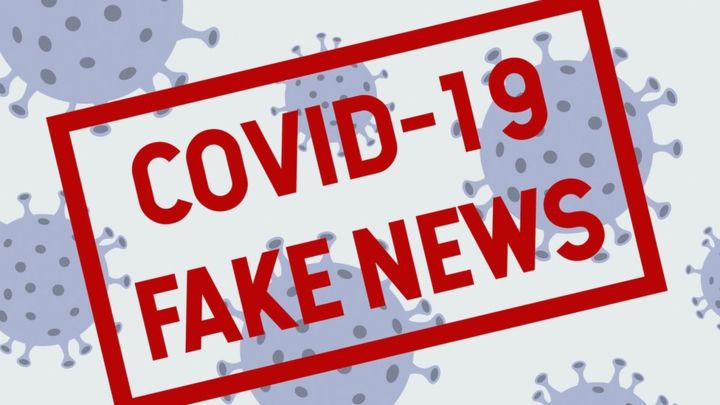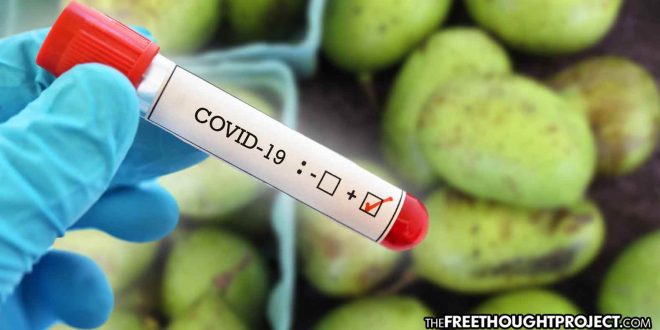Study Finds 5G Technology A ‘Significant Factor’ In Higher COVID Case And Death Rates
Research indicates a correlation between wireless radiation and 5G intensity with COVID-19 symptoms, and that their effects on the body overlap.
A study recently published by the National Center for Biotechnology Information (NCBI) proposed that wireless communications radiation, including 5G, may contribute to COVID-19 symptoms.
The evidence for the connection between COVID and 5G, as well as other forms of wireless communications radiation (WCR), consisted of two main findings: the statistical correlation between COVID-19 symptoms/mortality and area-specific WCR intensity, including that of 5G; and the overlap between WCR effects on the body, and COVID-19 symptoms.
Authors Beverly Rubik and Robert R. Brown began by drawing attention to a May 2020 study showing a “statistically significant correlation between the intensity of radio-frequency radiation and mortality from SARS-CoV-2 in 31 countries throughout the world,” as well as a U.S. study that found that areas with 5G technology had significantly higher COVID-19 case and death rates, independent of population density, air quality, and latitude.
The U.S. study focusing on the 5G connection to COVID-19 made three different kinds of analyses and found that 5G technology was a “statistically significant factor for the higher [COVID-19] case and rates in all three analyses, while population density, air quality and latitude were significant for only one or two of the analyses.”
Rubik and Brown then drew a comparison of bioeffects from WCR, including 5G, and COVID-19 symptoms, showing a list of overlapping physical effects.
Symptoms from both WCR and COVID-19 included blood changes such as short-term rouleaux (blood “clumping”), and long-term reduced hemoglobin (in severe COVID-19 cases); oxidative stress and injury in tissues and organs; immune system disruption, including suppression of T-lymphocytes and elevated inflammatory biomarkers; increased intracellular calcium, which facilitates virus entry and replication; and arrhythmias (heart beat irregularities).
Rubik and Brown highlighted the fact that glutathione (a “master antioxidant”) deficiency has been proposed as the most likely cause of serious manifestations in COVID-19, and cited two studies showing diminished glutathione levels from WCR exposure. They noted that “the finding of low glutathione levels” in COVID-19 patients “further supports oxidative stress as a component” of COVID-19.
The study noted that WCR has already been recognized as a “physiological stressor,” shown to cause detrimental health effects ranging from increased cancer risk to DNA damage to learning and memory defects.
While noting that correlation does not prove causation, the study’s authors “postulate that WCR possibly contributed to the early spread and severity of COVID-19.”
Source: NCBI



